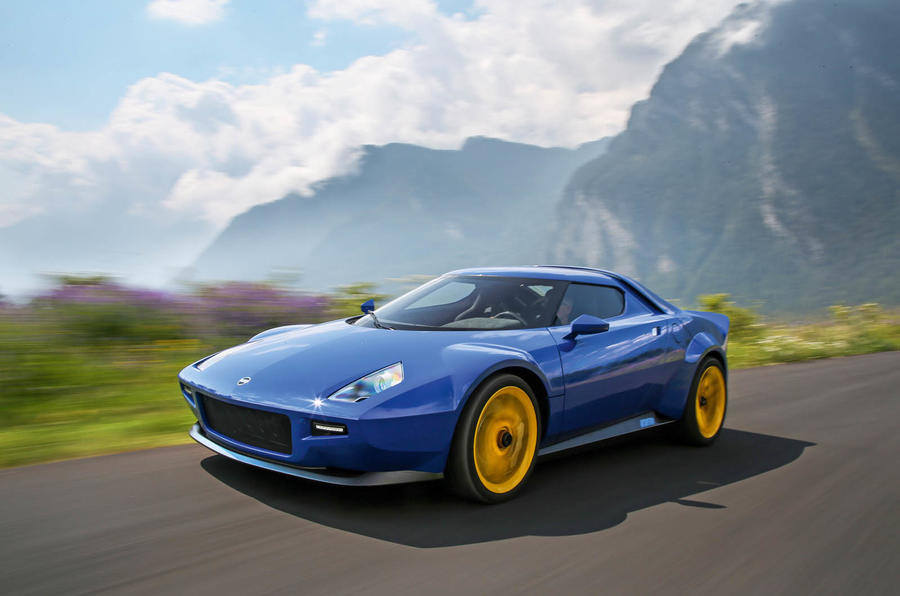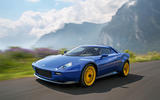This is an idea that doesn’t want to die. Here we are, about to drive the third attempt to revive one of the most startling cars of the 1970s.
This time, its latest re-creators tell us, there will be 25 new cars, each costing €550,000 (about £486,000) and demanding a difficult sacrifice first.
We’ll get to that. First, some words about why the Stratos beguiled then and beguiles now. Mostly, it’s about the shape. An assertive wedge of glassfibre-encased spaceframe, Lancia’s 1972 rally missile was capped with a visor-like wrap of glass, its scrabbling, darting, time-compacting mission underlined by an arrestingly cropped wheelbase and stunted overhangs.

Anorak-clad rallyists might have glimpsed the chisel-nose first as it came at them, but a three-quarter front pose was more likely; the Lancia’s quicksilver scythings were visible confirmation of its back-biased mass. At night, its rear was unmistakable: a pair of big round lamps swinging gracefully between bends. All this to the accompaniment of spitting gravel shrapnel and the wolverine howl of a Ferrari Dino V6.
With that sound, your wide-eyed, night-time, forest-prowling fans would mutter ‘Stratos’ – an incantation freighted with far more excitement than a Ford Escort admirer’s knowing ‘BDA’ shout, no matter how hard Boreham’s ‘Belt Drive type A’ motor was shouting. There was magic about the Stratos then and there’s magic in it now.
Driving the iconic Ferrari Dino
So much magic, in fact, that a young car designer called Chris Hrabalek, whose father owned a remarkable collection of originals, decided to set about creating a modern version.
















































Join the debate
Add your comment
A paddle shift gearbox?
A paddle shift gearbox? Ridiculous.
Wasn't this possible on a...
Lotus chassis? Those have proven to be flexible / modular enough to carry various bodies. Not only Lotus own models, but also cars like the Tesla roadster. The New Stratos could have been fitted with a Toyota V6 or Alfa Romeo V6 (to stay closer to home). For maybe a third of the price, we would have been able to enjoy Hrbalek's creation then.
Stratos.
Anyone know if they were all sold?